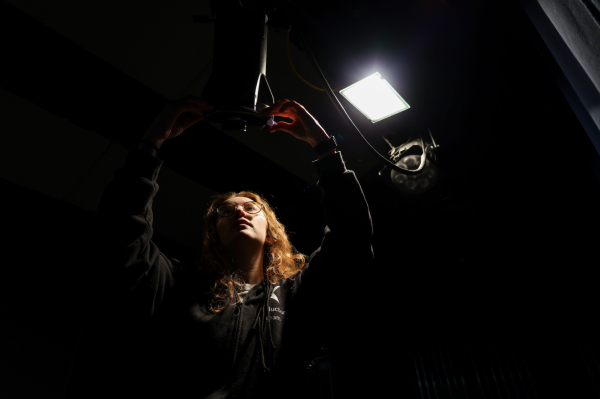Normalized sexual assault in media is poisonous for society
Erin Lee
An artist’s rendering of the South Korean comic book cover, Painter of the Night. The series, which features an artist forced to illustrate erotic scenes, has recently grown in popularity.
February 25, 2021
Internationally renowned South Korean import Painter of the Night, 59-time Emmy award-winner “Game of Thrones” and Robin Thicke’s 2013 No. 1 Billboard release “Blurred Lines.”
Although successful projects in their respective industries, all three of these examples blatantly portray sexual harassment and rape culture. In fact, the key to their success may even have been the normalized sexual violence that strangely appeals to various audiences wordwide.
Whether it is creating a plot where a painter is forced to illustrate explicit situations in a historical fiction cartoon, depicting over 50 rape scenes in an acclaimed TV series or releasing songs with obvious misogynistic intent to a global fanbase, the entertainment industry glamorizes sexual violence, gathering an immense following for such topics. However, no matter how promising or successful, the media must stop glorifying portrayals of sexual harassment that create an illlusion that such obscene acts are acceptable in society.
As someone who only heard of these three media examples, after some quick research on each, I came to the conclusion that this type of violent and inappropriate content is exactly the point that has increased its popularity, and that without such depictions, these works would fail economically.
In the case of Painter of the Night, the purely historically fictional storyline set during the Joseon era revolves around the sexually inappropriate situations the main character, Na-kyum Baek, is caught in when he is forced to paint erotic scenes for noble Seung-ho Yoon, despite Baek’s clear reluctance. Other side plotlines may exist to make for an overall complexity, but none of the secondary stories are mentioned in the stated overview of the cartoon, so what skyrocketed this worldwide popularity? The fact that the painter protagonist is encaged in a sexually violent prison he cannot escape.
As for “Game of Thrones,” this HBO series that has finished its run is notorious for its violent and extremely inappropriate content and yet has received the most Emmys in TV history. The sexual violence in this show — loosely based on the book series of the same name — may not be the main focus as it is in the South Korean cartoon, but the fact that such scenes are added to the main plot only proves that writers and producers see sexual assault as a tool to raise audience engagement and gain attention while disregarding the trauma of real-life victims. Such scenes may not be the focal point of this acclaimed series, but it certainly heightened the popularity and interest beyond the typical fantasy story to gain the fame it has today.
It is clear that the absence of such sexual harassment would not have gotten these pieces the notoriety and fame they possess now, which only emphasizes the prevalence and creeping influence of the normalization of sexual violence today. The attention and popularity such content receives only numb the impact and trauma of sexual assault further and further.
Therefore, repeated depictions of sexual harassment in the film industry result in a downplay of the actual trauma a victim may face in reality. Very few films explore the psychological consequences of these violations, according to a 2018 online article by The Guardian, and it testifies to the fact that entertainment industries use rape and assault as merely a tool to add shock value to the plot.
Moreover, the undermining of victim trauma occurs again as storylines swap consequence with symbolism. The perpetrators are constructed as main characters with a “dark past” or “troubled mind,” and instead of paying the price for their actions, their crimes are utilized as a growing factor or symbol for a larger conflict.
Not only is the initial representation of sexual violence an issue in the entertainment industry, but the blatant disregard for the psychological impact on real victims and realistic reciprocations for predators is also immoral and inhumane; it indirectly creates an unrealistic expectation of the real world that veils the audience’s moral compass and logical thinking.
Some might argue that the prevalence of such acts in the entertainment industry are an accurate depiction of reality today. After all, a 2019 online article by The Odyssey reports that 1 in 5 adult women will be raped at least once during their life. However, the root of the problem lies in the fact that these forms of entertainment target the whole spectrum of the population, which in turn begins to normalize this act. They are unconsciously telling women to expect this type of experience at least once in their life since it is so common.
But no person should be told to accept and embrace any type of traumatic experience or expect a future that does not have to occur, especially if surrounding outlets continuously undermine its after effects and the entertainment industry deems it so.
I choose to stay away from these media influences, and others should as well since that is the only way to prevent the entertainment industry from glamorizing and normalizing sexual trauma.
This story was originally published on The Accolade on February 19, 2021.



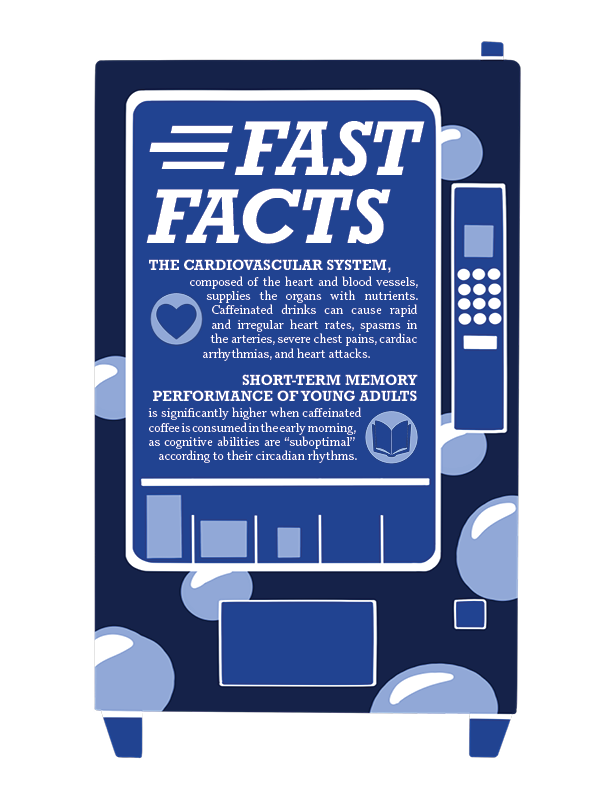


![Teacher Robert Snidman grades papers after school. Prior to teaching at Ladue, Snidman faced unexpected adversity at Hazelwood. “[There was] open drug dealing in the bathrooms and in the back of classrooms, Snidman said. I did my best for five years.](https://bestofsno.com/wp-content/uploads/2024/05/RobertSnidman-1200x801.jpg)


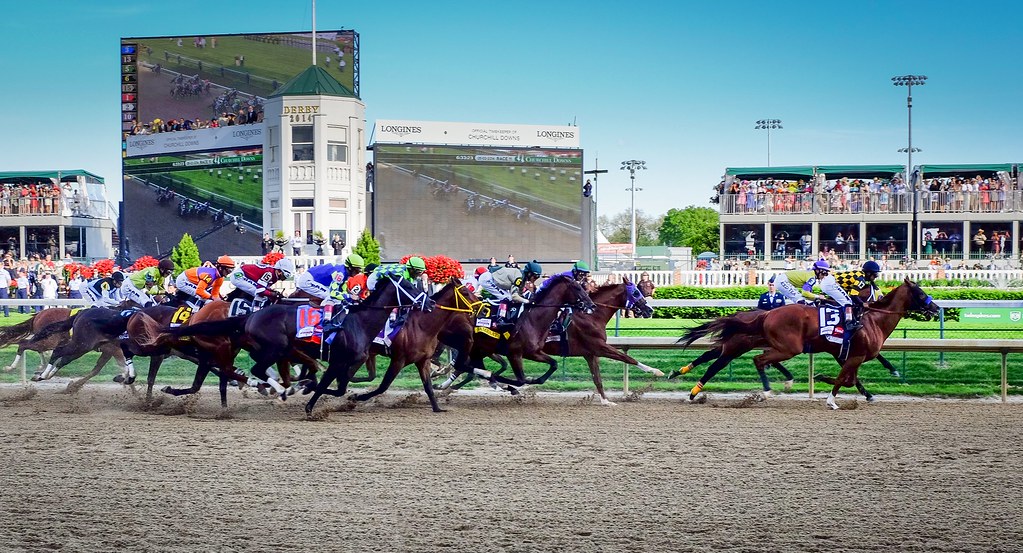


![Envisioning a cathedral in his mind, senior Soren Frederick puts pencil to paper and practices a rough sketch in the drawing room. Frederick grew up surrounded by a family of artists who helped him realize his passion for drawing and painting as he matured. “My family [is] very much [an inspiration] for drawing and painting. [Art] didn’t start [in the family] with me; it started with my mom and my older sister, and my older brother is very good at drawing [too],” Frederick said.](https://bestofsno.com/wp-content/uploads/2024/05/DSC_0017-1200x800.jpg)









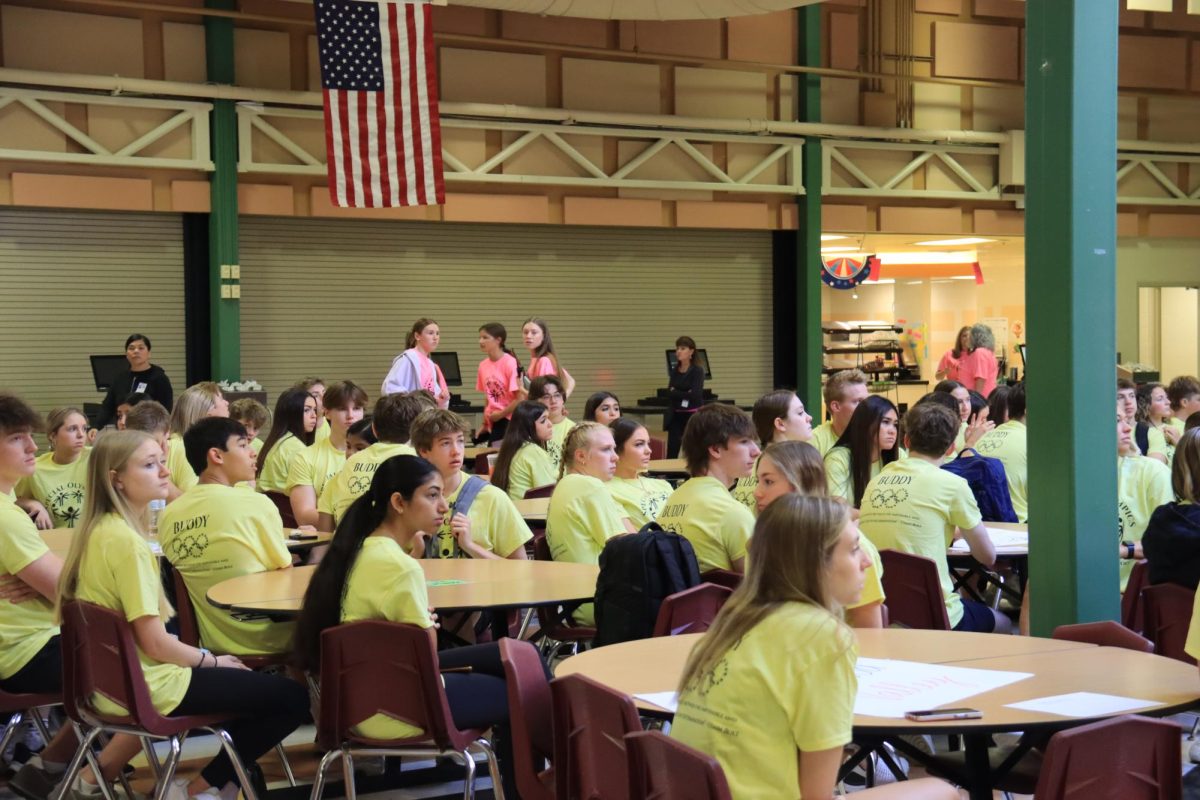


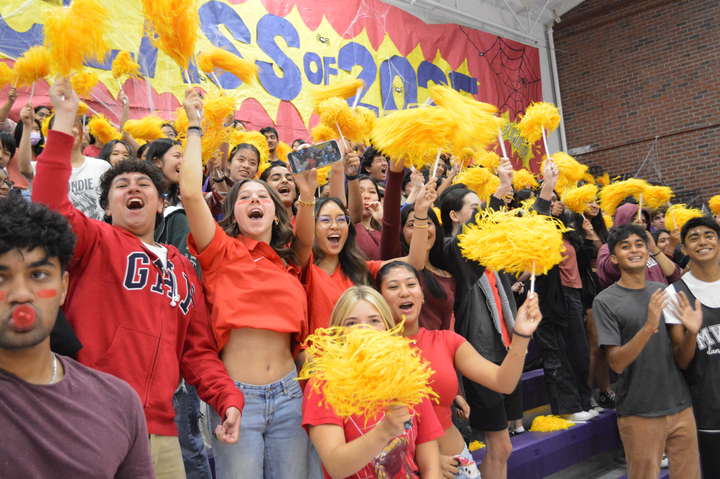



![IN THE SPOTLIGHT: Junior Zalie Mann performs “I Love to Cry at Weddings,” an ensemble piece from the fall musical Sweet Charity, to prospective students during the Fine Arts Showcase on Wednesday, Nov. 8. The showcase is a compilation of performances and demonstrations from each fine arts strand offered at McCallum. This show is put on so that prospective students can see if they are interested in joining an academy or major.
Sweet Charity originally ran the weekends of Sept. 28 and Oct. 8, but made a comeback for the Fine Arts Showcase.
“[Being at the front in the spotlight] is my favorite part of the whole dance, so I was super happy to be on stage performing and smiling at the audience,” Mann said.
Mann performed in both the musical theatre performance and dance excerpt “Ethereal,” a contemporary piece choreographed by the new dance director Terrance Carson, in the showcase. With also being a dance ambassador, Mann got to talk about what MAC dance is, her experience and answer any questions the aspiring arts majors and their parents may have.
Caption by Maya Tackett.](https://bestofsno.com/wp-content/uploads/2024/02/53321803427_47cd17fe70_o-1-1200x800.jpg)
![SPREADING THE JOY: Sophomore Chim Becker poses with sophomores Cozbi Sims and Lou Davidson while manning a table at the Hispanic Heritage treat day during lunch of Sept 28. Becker is a part of the students of color alliance, who put together the activity to raise money for their club.
“It [the stand] was really fun because McCallum has a lot of latino kids,” Becker said. “And I think it was nice that I could share the stuff that I usually just have at home with people who have never tried it before.”
Becker recognizes the importance of celebrating Hispanic heritage at Mac.
“I think its important to celebrate,” Becker said. “Because our culture is awesome and super cool, and everybody should be able to learn about other cultures of the world.”
Caption by JoJo Barnard.](https://bestofsno.com/wp-content/uploads/2024/01/53221601352_4127a81c41_o-1200x675.jpg)

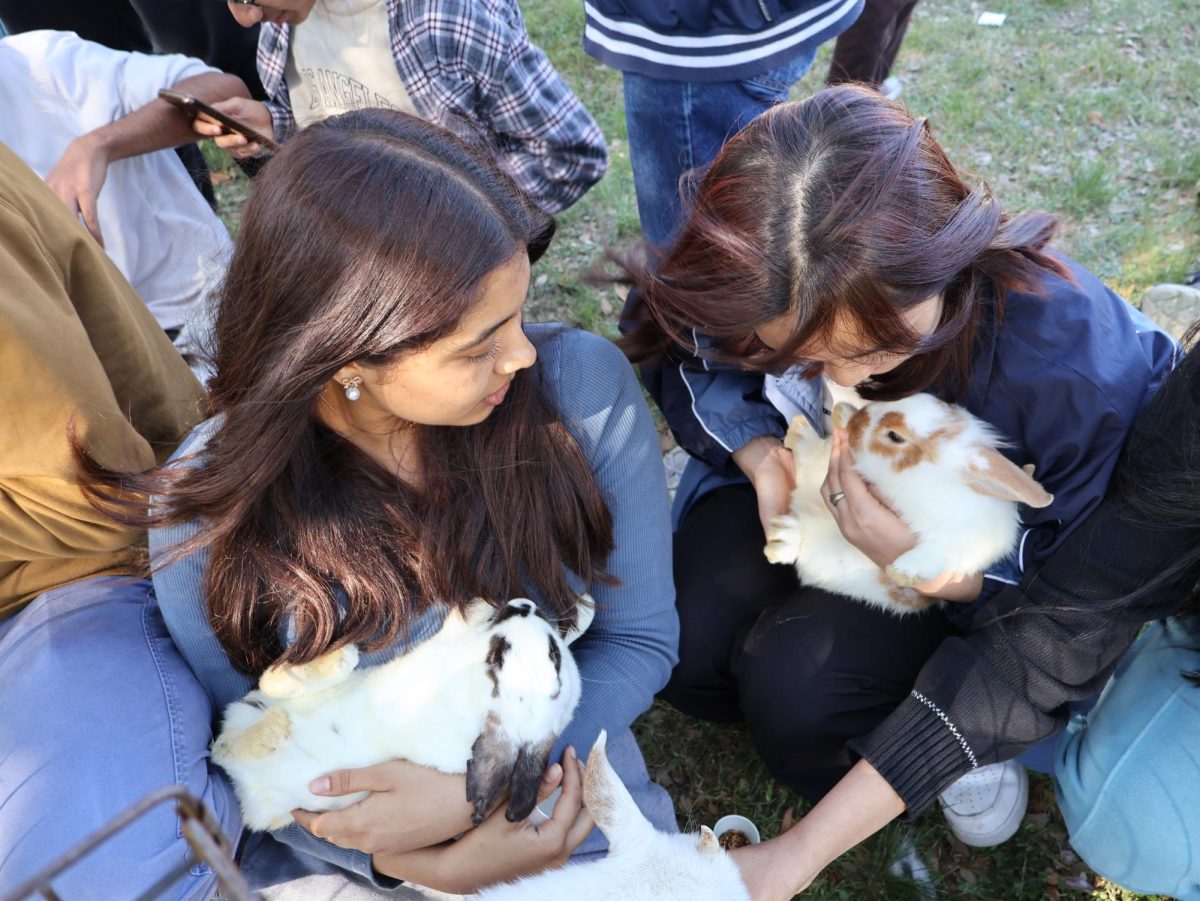
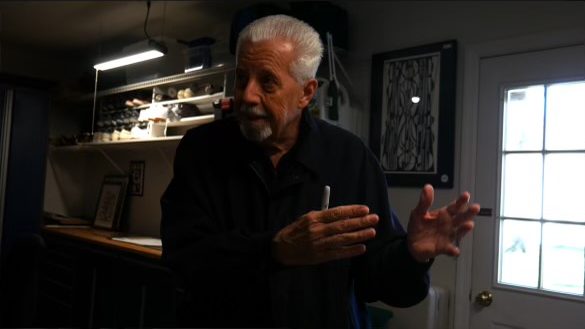
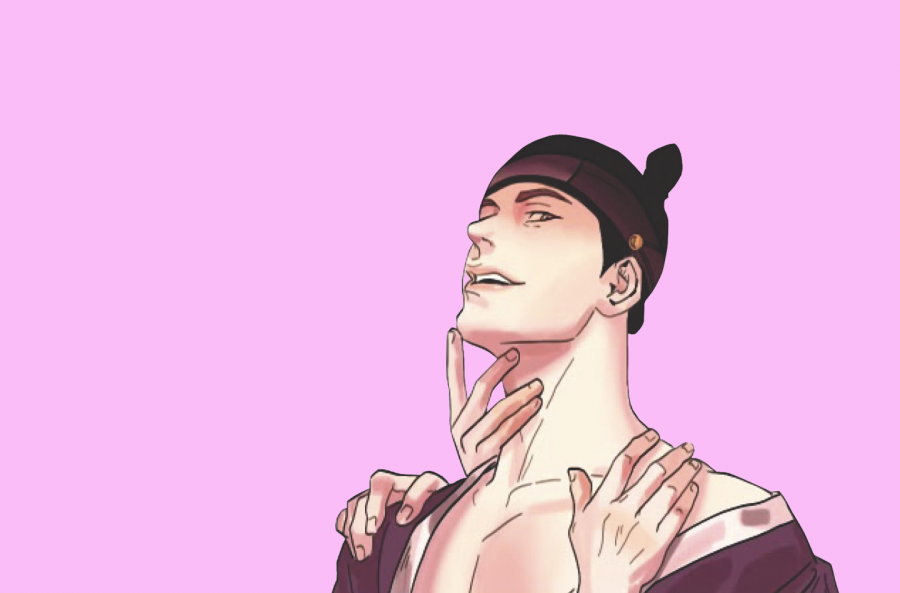
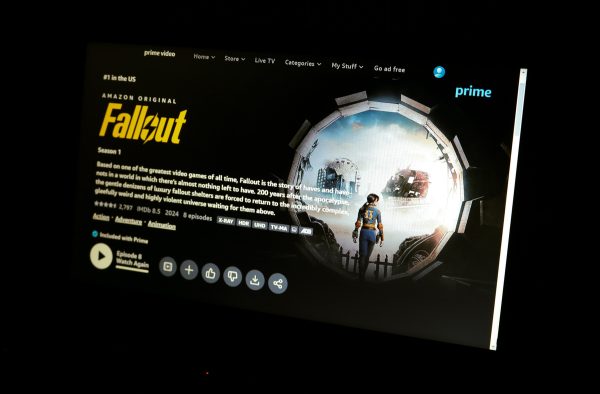
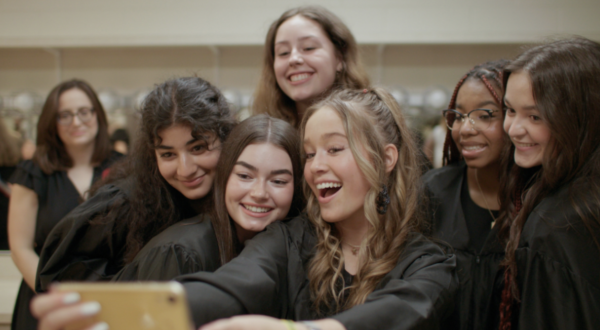
![Envisioning a cathedral in his mind, senior Soren Frederick puts pencil to paper and practices a rough sketch in the drawing room. Frederick grew up surrounded by a family of artists who helped him realize his passion for drawing and painting as he matured. “My family [is] very much [an inspiration] for drawing and painting. [Art] didn’t start [in the family] with me; it started with my mom and my older sister, and my older brother is very good at drawing [too],” Frederick said.](https://bestofsno.com/wp-content/uploads/2024/05/DSC_0017-600x400.jpg)



